北方伟业计量集团有限公司
-
登录 |
-
官方微信 |

-
在线支付 |
- 网站地图
- 产品
- 帖子
- 新闻
- 课堂
- 文库
北方伟业计量集团有限公司
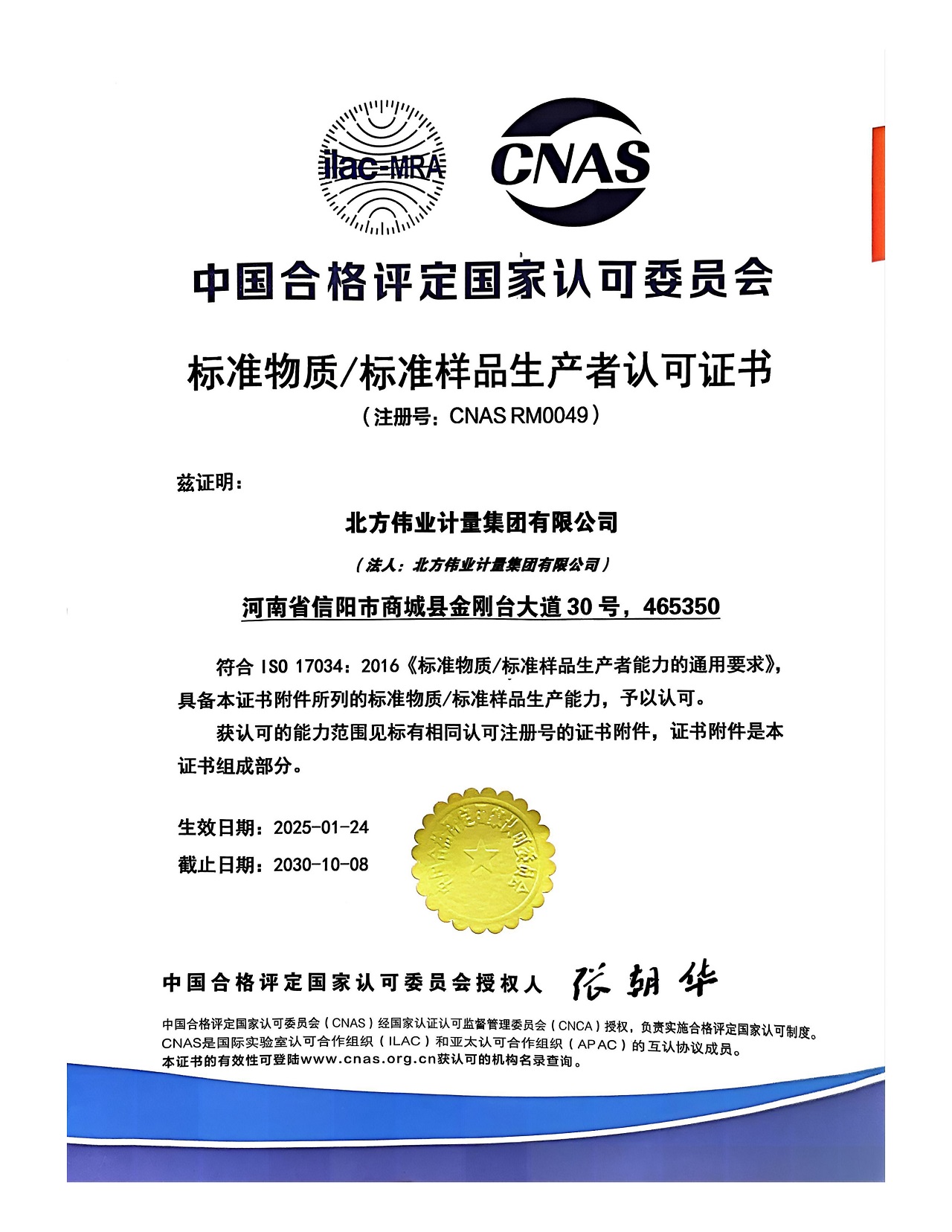
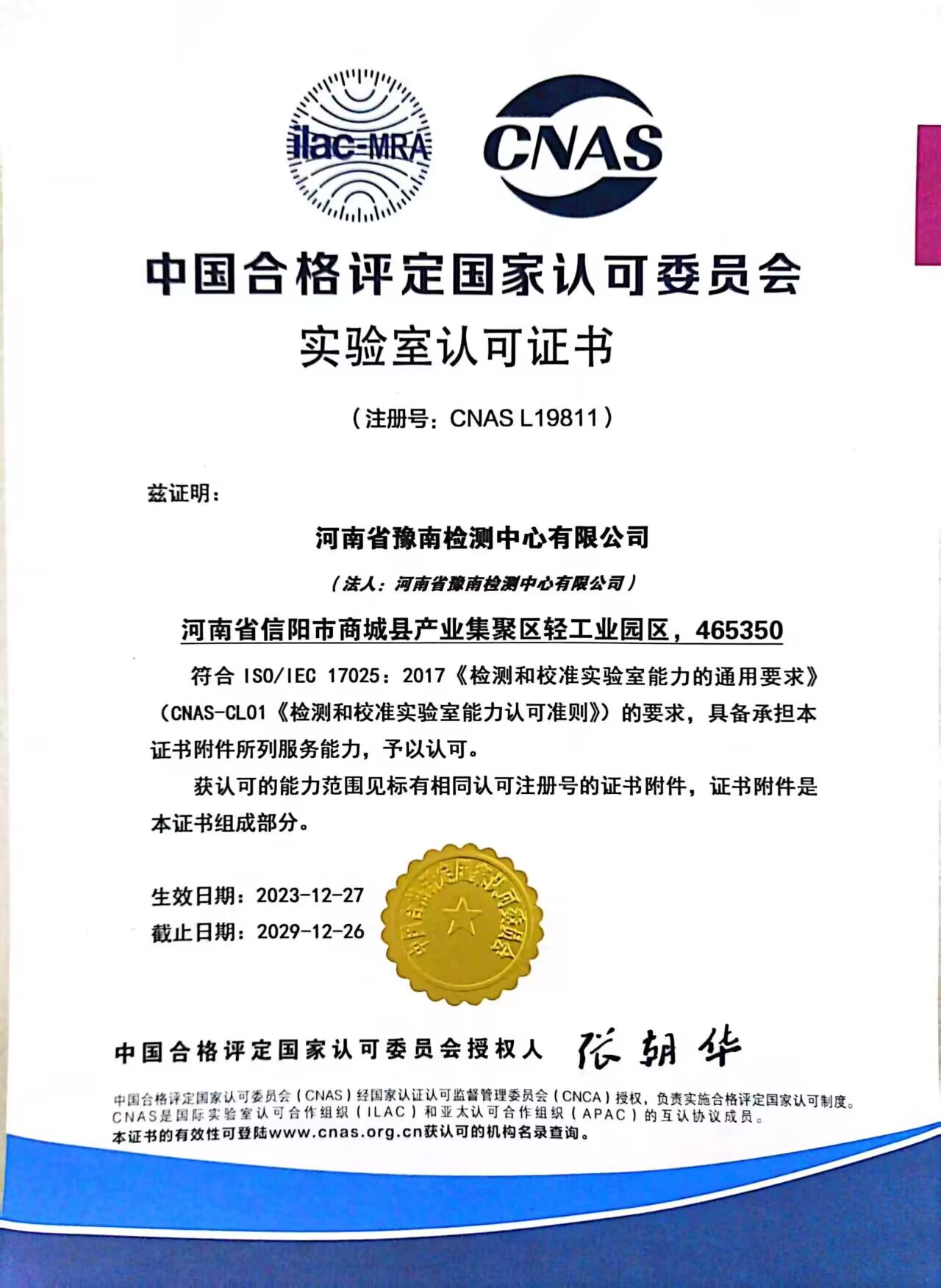
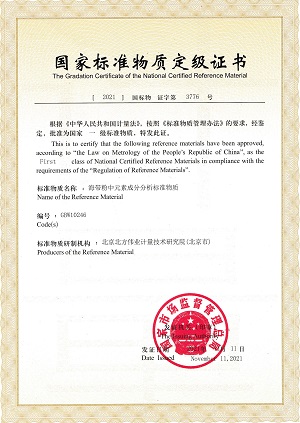
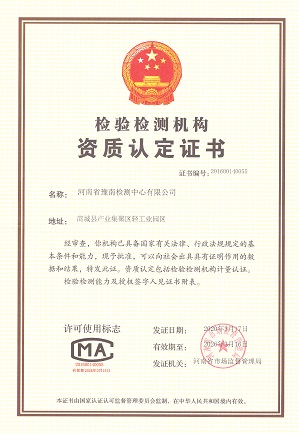
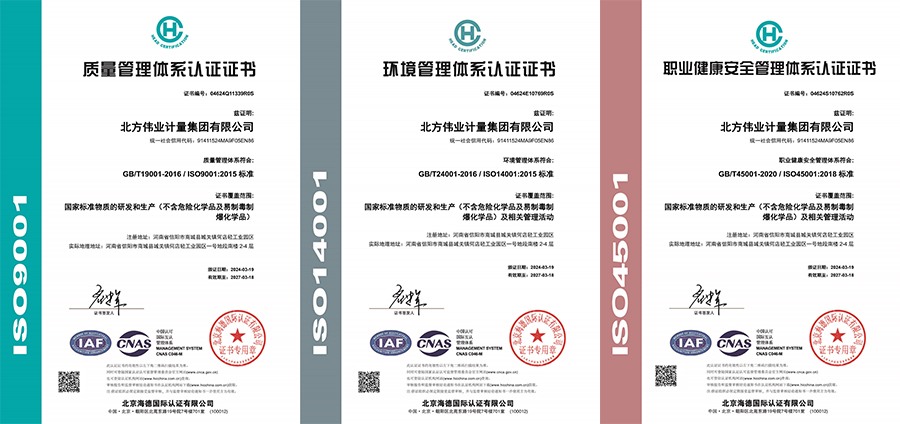
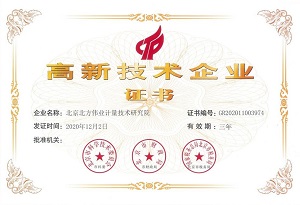
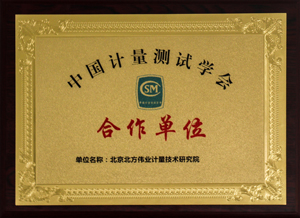

太赫兹光谱技术定性定量分析茶叶中农药残留的应用研究
一 研究目的及意义
二 国内外研究现状
三 研究目的与内容
四 研究方法与手段
研究目的及意义
据《2013-2017年中国茶叶行业产销需求与投资预测分析报告》显示,2016年,中国茶树种植面积为293万公顷,茶叶总产量为243万吨,茶叶年总产值为1702亿元人名币
国家卫计委、农业部和食药总局联合新发布的《GB 2763-2016食品安全国家标准 食品中农药最大残留限量标准》于2017年6月18日实施,433种农药4140项残留限量。 其中,茶叶农残限量发生了较大变化,由原来28种增加至48种,提高茶叶农残检测技术水平,强化科学检测手段成为重中之重。
太赫兹频段
太赫兹(terahertz, THz)位于电磁波谱的红外和微波区域之间,是指在0.1和10 THz之间的频率,对应于波数为3.3至330 cm-1光谱谱段。
太赫兹是电磁波谱中尚未完全开发的电磁波谱“空白”区。这一频段是光子技术与电子技术、宏观状态与微观状态之间的过渡区域,表现出一系列不同于其他电磁辐射的特殊性能。
工作原理
图是典型的THz-TDS光路系统。 飞秒激光器由分束器分为泵浦光和探测光,前者用于激发太赫兹光源,后者用于驱动太赫兹探测器。产生的太赫兹脉冲照射样品材料,太赫兹探测器接收由样品材料反射回来的信号。
太赫兹频段 – 技术特性
相干性 THz相干测量技术能够直接测量电场振幅和相位,以便提取样品的吸收系数和折射率; 低能性 1THz对应4.1meV能量,比X射线(~30keV)相差7个数量级; 穿透性 THz辐射对于很多非极性物质,如电介质材料及塑料、纸箱、布料等包装材料有很强的穿透力; 吸收性 大多数极性分子如水分子,对THz辐射具有强烈的吸收。 瞬态性 THz脉冲的典型脉宽在皮秒量级,通过电光取样测量技术,能够有效抑制背景辐射噪声的干扰,保证很好的稳定性。
太赫兹电磁波 – 微观机理
太赫兹( 1012 Hz) 电磁波具有很强的穿透力, 并且它的单光子能量非常低, 同时各种有机大分子的弱相互作用以及大分子的骨架振动, 偶极子的转动和振动跃迁以及晶体中晶格的低频振动所对应的吸收频率都位于太赫兹波段, 这为太赫兹波应用于物质成分检测提供了理论依据。
检测技术比较(桌面级)
太赫兹时域光谱
优势:测量时间短、实验操作较易、样品用量较少、无损、可便携。
特点:对异构、生物大分子有吸收特征峰;直接测量瞬态电场强度,信噪比高;对高温材料测量不受温度影响
劣势:目前应用并不广泛,光谱数据库不完整,光谱仪供应商少而导致的价格居高
定位:太赫兹时域光谱仪技术将在分析和表征物质结构方面成为红外及拉曼技术的重要补充。从而通过综合利用这些技术可以获得对物质结构更为全面的认识。
国内外研究现状 太赫兹应用领域
张希成 (罗彻斯特大学光学院长 1981 太赫兹学术领头人 目前世界上最大太赫兹研究基地) 首都师范大学(张存林院士)上海理工大学 (庄松林院士)深圳太赫兹研究院华讯方舟(刘胜纲、姚建铨院士) 中国科学院上海微系统与信息技术研究所 中国科学院技术物理研究所 国家农业信息技术研究所(赵春江、李斌) 华南农业大学
指纹谱应用 – 食品
黄曲霉毒素B1和M1在此波段内存在多个特征吸收峰。
黄曲霉毒素B1:0.5、1.05、1.35THz 弱峰 黄曲霉毒素M1:0.6、1.00、1.50THz 强峰
黄曲霉毒素M1的特征吸收峰相对于黄曲霉毒素B1有往高频率段偏移的趋势
黄曲霉毒素B1在低频区对THz波的吸收相对较强,而在高频区对THz波的吸收较黄曲霉毒素M1弱,这可能是由于黄曲霉毒素M1和B1在分子结构上羟基的差异引起振动模式的差异性而造成的。 随着频率的增加,样品的吸收谱基线呈缓慢上升趋势,这可能是由于光散射或样品宽而无结构的吸收所致。
室温下盐酸克伦特罗存在着较为明显的吸收峰,分别位于1.751, 2.051, 2.299, 2.534和2.856THz 2.11,2.34,2.40和2.52THz处的低频振动模式主要是晶格的平移和旋转振动以及Cl3原子的扭转振动引起的。 沙 丁 胺 醇 在1.003,1.597,2.380和2.841THz处存在四个明显的吸收峰, 并在1.384和1.999THz处存在较弱的吸收峰
研究目的与内容
基于太赫兹光谱技术 (1)对新鲜茶叶和成品商业茶叶中常检出农药: 噻菌灵、多菌灵(杀菌剂)、毒死蜱、乐果(有机磷高毒性杀虫剂)和溴氰菊酯、氰戊菊酯(有机氯剧毒杀虫剂) (2)对多种农药建立数据谱库及解析。 (3)建立了茶叶中各种农药残留快速检测的定性和定量分析方法,结合化学计量学方法与气相色谱串联质谱仪采集真实值验证。
拟解决关键问题 (1) 不同农药样本前处理优化 缩短处理时间。 (2) 多种农药混合后灵敏度、分辨率降低。 (3)对太赫兹光谱技术分辨率提高探索。 基于太赫兹光谱技术的农药检测线。
研究方法与手段
(1)样本获取与优化处理 对新鲜茶叶和成品有机绿茶喷洒不同浓度的农药(6种) 采用固体(冷冻干燥压片)、液体(提取净化 )两种样本前处理方式 采集其太赫兹光谱,并采用国家标准检测方法确定残留量的真值。 (2) 茶叶中农残的定性分析结合理论计算方法 密度泛函理论(Density functional theory,DFT)对照农药太赫兹光谱特征峰。
(3) 茶叶中农残的定量分析 通过光谱特征峰与真值建立相关性回归模型,用于茶叶中农药残留量的定量检测, 确定残留量的检测限,线性范围、回收率、相对标准偏差。
(4) 数据预处理方法 平滑(Smoothing)、归一化(Normalization)、标准正态变量变换(Standard Normal Variate transformation,SNV)、多元散射校正(Multiplicative Scatter Correction,MSC)一阶导数(First Derivatives, 1st Der)、二阶导数(Second Derivatives,2nd Der)。
可行性分析
(1)科研硬件得到保障: 太赫兹时域光谱仪CCT 1700,成像模块IM-1700,飞秒光纤激光器,80dB动态范围,光谱检测范围0.06Thz~4Thz,成像尺寸50mm×50mm(华讯方舟科技有限公司、深圳市太赫兹研究院) Agilent 7000B型三重四极杆气相色谱串联质谱仪(美国安捷伦科技有限公司)
(2)前期参阅了大量相关文献,可借鉴相关研究经验、试验及数据处理方法。
(3)科研团队的支持和科研平台的支撑 浙江大学农业信息技术研究所; 浙江大学985公共平台; 深圳市太赫兹研究院(华讯方舟科技有限公司);
课题的创新点
(1)利用先进光谱技术,首次将太赫兹光谱技术应用在茶叶的农药残留检测。
(2)采用结合化学计量学 定性 分析茶叶中农药种类,建立农药的太赫兹光谱数据库。
(3)建立新鲜茶叶与成品茶叶中农药残留半定量分析方法
参考文献
Afshari, R. T, R Angoshtari and S Kalantari 2011. Effects of light and different plant growth regulators on induction of callus growth in rapeseed (Brassica napus L.) genotypes. Plant Omics Journal of Plant Molecular Biology & Omics 4: 60-67. Agampodi, V. A and B Jayawardena 2007. Identification and Characterization of Plant Growth Regulators Present in Coconut (Cocos Nucifera) Water Using HPLC (High Performance Liquid Chromatography). Harrison, R. O. and J. O. Nelson 1990. Analysis of maleic hydrazide in potatoes by competitive inhibition enzyme-linked immunosorbent assay. Food Chemistry 38: 221-233. Jiang, Nan, Si Jie Liu, M. A. Jie, Da Peng Yang, Yong Cui and Q. I. Yan-Fei 2017. Determination of 14 plant growth regulators in fruits and vegetables by QuEChERS with gas chromatography tandem mass spectrometry. Chinese Journal of Health Laboratory Technology. Lautié, J. P, V Stankovic and G Sinoquet 2000. Determination of chlormequat in pears by high-performance thin layer chromatography and high-performance liquid chromatography with conductimetric detection. Analusis 28: 155-158. Liu, Dayang and Wenchuan Guo 2015. Identification of Kiwifruits Treated with Exogenous Plant Growth Regulator Using Near-Infrared Hyperspectral Reflectance Imaging. Food Analytical Methods 8: 164-172. Liu, Yun Ming, Hua Liang Liu, J. I. Wen-Liang, Ruan Li-Ping and Chang Mei Zhou 2015. Simultaneous determination of 7 plant growth regulators residues in bean sprout by QuEChERS-HPLC-MS / MS. Chinese Journal of Health Laboratory Technology. Negre, M, I Passarella, D Vindrola and A Baglieri 2014. Determination of forchlorfenuron in fruits by solid phase or QuECHERS extraction and LC-UV or LC/MS/MS. Journal of AOAC International 97: 938. Nishikiori, R, M Yamaguchi, K Takano, T Enatsu, M Tani, U. C. de Silva, N Kawashita, T Takagi, S Morimoto and M Hangyo 2008. Application of partial least square on quantitative analysis of L-, D-, and DL-tartaric acid by terahertz absorption spectra. Chemical & Pharmaceutical Bulletin 56: 305-307. Otsuka, M, J Nishizawa, J Shibata and M Ito 2010. Quantitative evaluation of mefenamic acid polymorphs by terahertz–chemometrics. Journal of Pharmaceutical Sciences 99: 4048-4053. Sigrist, Robert., Alfred. Temperli and Jakob. Hurter 1974. Fluorometric method for the determination of residues of 1-naphthaleneacetamide and 1-naphthaleneacetic acid on apples. Journal of Agricultural & Food Chemistry 22: 568. Tian, Li, H. U. Jia-Wei, Min Juan Wang, Guo Xia Cheng, Rong Guo and Xiao Cong Liang 2016. Determination of 6 plant growth regulators in bean sprouts by gas chromatography-mass spectrometry. Chinese Journal of Health Laboratory Technology. Yeo, S. K., H. K. Lee and S. F. Y. Li 1992. Separation of plant growth regulators by capillary electrophoresis. Journal of Chromatography A 594: 335-340. Zeynali, M, B. M Zanjani, M. E Amiri, M Noruzian and S. M Aghajari 2010. Influence of genotype and plant growth regulator on somatic embryogenesis in rapeseed (Brassica napus L.). African Journal of Biotechnology 9: 4050-4055. Yang M H, Lin H J, Choong Y M. A rapid gas chromatographic method for direct determination of BHA, BHT and TBHQ in edible oils and fats[J]. Food Research International, 2002, 35(7): 627-633. Zhang Rutan,Chen Junhui,Shi Qian,Li Zhaoyong,Peng Zhengyun,Zheng Li,Wang Xiaoru. A quality control method for commercially available wild Jujube leaf tea based on HPLC characteristic fingerprint analysis of flavonoid compounds.[J]. Journal of separation science,2013,: Nansen C, Abidi N, Sidumo A J, et al. Using spatial structure analysis of hyperspectral imaging data and fourier transformed infrared analysis to determine bioactivity of surface pesticide treatment[J]. Remote Sensing, 2010, 2(4): 908-925. Armenta S, Moros J, Garrigues S, et al. Automated Fourier transform near infrared determination of buprofezin in pesticide formulations[J]. Journal of near infrared spectroscopy, 2005, 13(3): 161-168. Mauer L J, Chernyshova A A, Hiatt A, et al. Melamine detection in infant formula powder using near-and mid-infrared spectroscopy[J]. Journal of agricultural and food chemistry, 2009, 57(10): 3974-3980. Sundaraganesan N, Ilakiamani S, Subramani P, et al. Comparison of experimental and ab initio HF and DFT vibrational spectra of benzimidazole[J]. Spectrochimica Acta Part A: Molecular and Biomolecular Spectroscopy, 2007, 67(3): 628-635. Kim M S, Kim M K, Lee C J, et al. Surface-enhanced Raman spectroscopy of benzimidazolic fungicides: benzimidazole and thiabendazole[J]. Bulletin of the Korean Chemical Society, 2009, 30(12): 2930-2934. Forouzangohar M, Cozzolino D, Kookana R S, et al. Direct comparison between visible near-and mid-infrared spectroscopy for describing diuron sorption in soils[J]. Environmental science & technology, 2009, 43(11): 4049-4055. Jung Y M, Lim J W, Kim E R, et al. Surface-enhanced Raman scattering of ruthenium (II) complex adsorbed on silver colloid[J]. BULLETIN-KOREAN CHEMICAL SOCIETY, 2001, 22(3): 318-320. Togari N, Kobayashi A, Aishima T. Relating sensory properties of tea aroma to gas chromatographic data by chemometric calibration methods[J]. Food research international, 1995, 28(5): 485-493.
下载文档到电脑,使用更方便
0 积分
通话对您免费,请放心接听
温馨提示:
1.手机直接输入,座机前请加区号 如13803766220,010-58103678
2.我们将根据您提供的电话号码,立即回电,请注意接听
3.因为您是被叫方,通话对您免费,请放心接听
